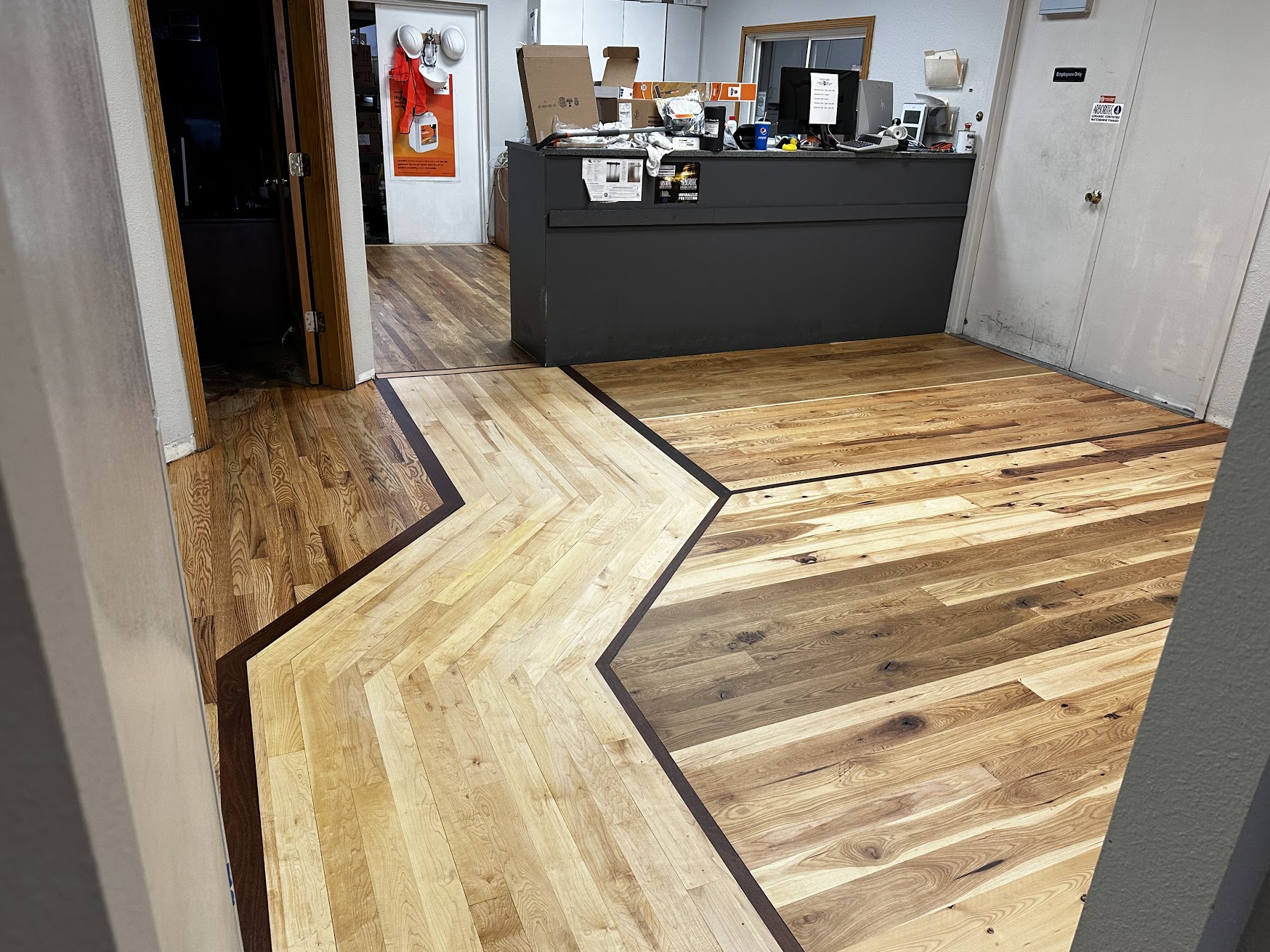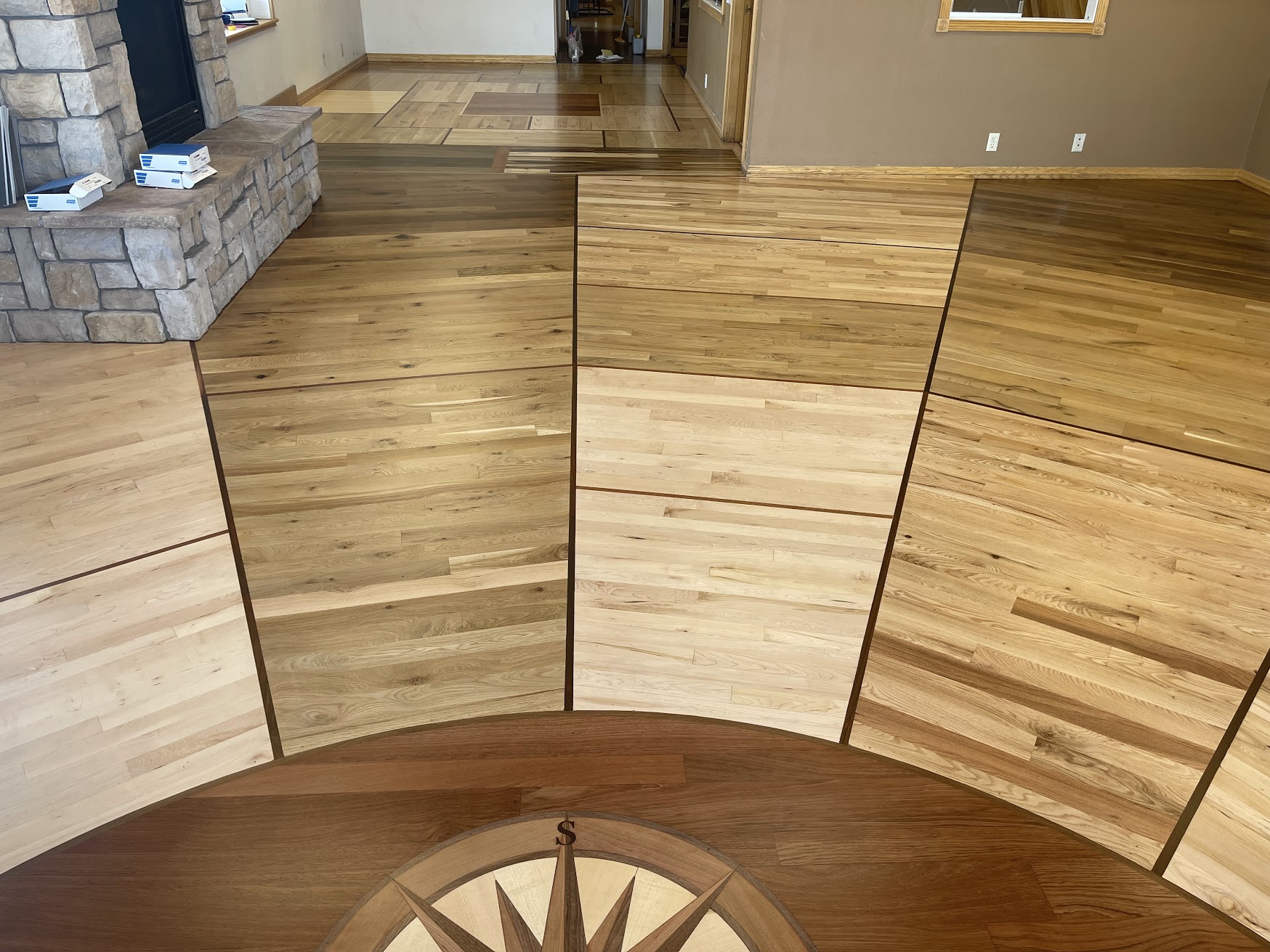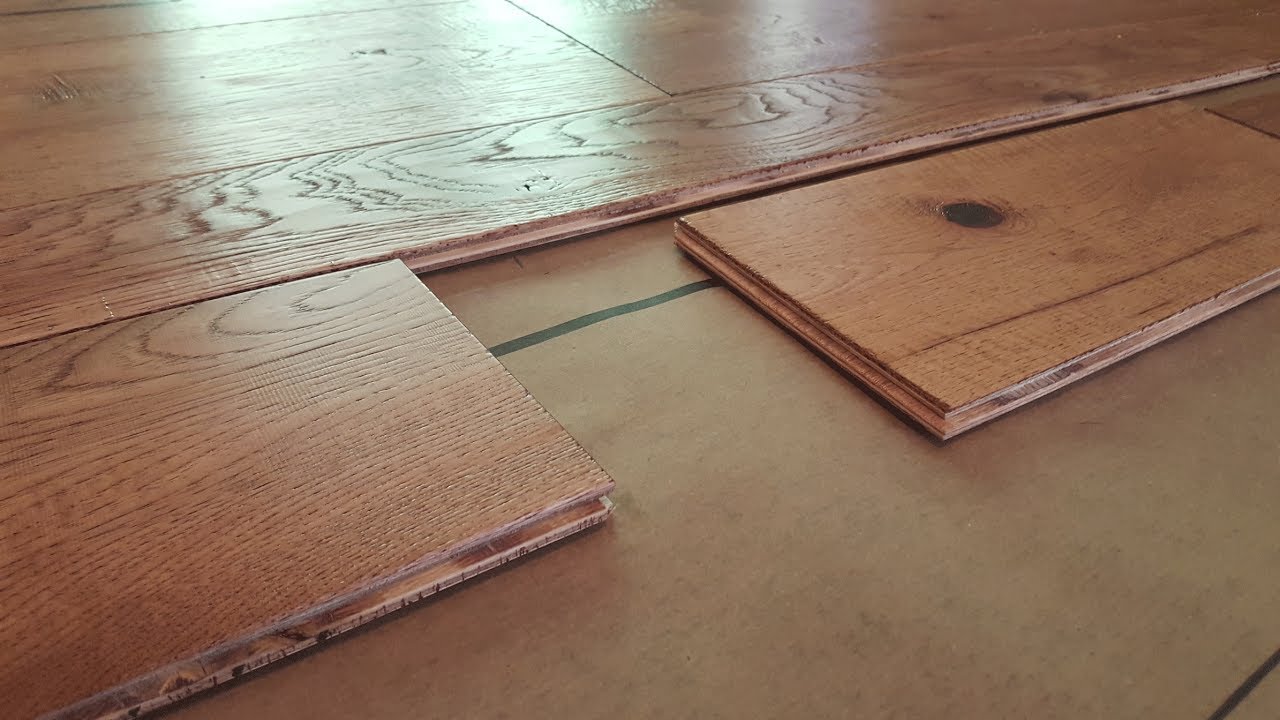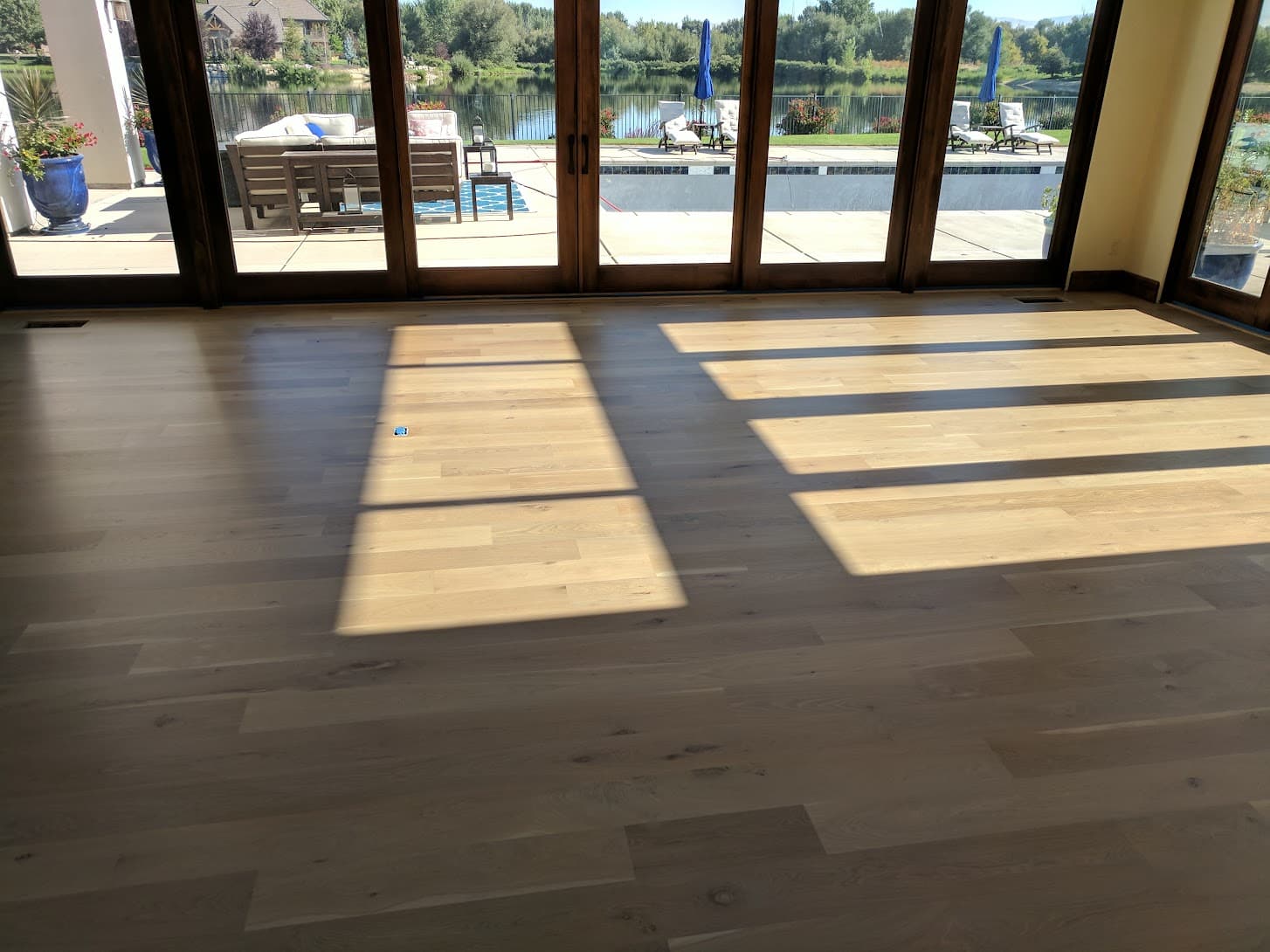Introduction to Hardwood Floors
The concept of ‘hardwood floors’ conjures up images of elegance, warmth, and the charm of natural materials in interior design. However, the question, “Are hardwood floors real?” opens up a broader discussion. This inquiry not only addresses the types of materials and the authenticity of the wood but also encompasses aspects such as the aesthetic appeal, the environmental impact, and the long-term value they add to a property.
What Constitutes a Hardwood Floor?
Traditionally, hardwood floors are crafted from solid wood obtained from a variety of tree species such as red oak, white oak, maple, and hickory. These species are selected for their inherent strength, resilience, and the distinct character they bring to the flooring. The question of a “Are hardwood floors real wood” is not just about whether it’s made from real wood; it extends to the quality, the source of the wood, and how it’s processed and finished.
The Reality Behind Hardwood Floors
To fully understand the query “Are hardwood floors real?” one must differentiate between solid hardwood and engineered hardwood. Solid hardwood comprises planks made entirely from a single piece of wood, offering unparalleled authenticity and a traditional feel. On the other hand, engineered hardwood consists of a top layer of hardwood bonded over a base of high-density fiberboard (HDF) or plywood. While engineered hardwood may not be ‘solid’ wood throughout, it still qualifies as real hardwood and offers benefits such as greater resistance to humidity and temperature changes. Solid hardwood is the traditional 3/4″ thick wood that is milled from start to finish as a tree. Solid Hardwood flooring consists of no fillers, manmade products, or machines to assemble besides the trimming/cutting of the wood.
Myths and Misconceptions
A prevalent myth is that hardwood floors are prohibitively expensive and only for the affluent. However, the spectrum of wood types, finishes, and installation techniques provides options for various budget ranges. Another misconception is that hardwood floors are always traditional in appearance. Modern processing techniques have enabled a variety of styles and finishes, making hardwood floors versatile enough to fit into any design aesthetic.
Sustainability and Eco-Friendliness
In discussing the reality of hardwood floors, the sustainability aspect is crucial. Ethically sourced hardwood floors, certified by organizations like the Forest Stewardship Council (FSC), ensure that the wood comes from responsibly managed forests. Additionally, the longevity and renewability of hardwood floors make them an environmentally sound choice. They can be sanded and refinished multiple times, extending their life and reducing the need for replacement. You also need to take into account that the shipping of the wood is one time, versus the engineered wood shipping via boat, then a truck, then boat, and again a truck, and finally out for delivery. The impact engineered hardwood flooring has on the world is 10-50x greater than normal solid hardwood flooring. You also skip boxes, plastic, and ink. Solid Hardwood is the most eco-friendly flooring option you can have installed at your residence or place of work.
Maintenance and Durability
The maintenance and durability of hardwood floors are often underappreciated aspects. With proper care, which includes regular cleaning and periodic refinishing, these floors can last for generations. This durability reinforces their status as a ‘real’ and lasting flooring solution, contrary to the misconception that they are fragile and difficult to maintain. Normal hardwood has a few points of failure while engineered hardwood flooring has many more. Solid hardwood can contract and expand more than engineered hardwood and the bevel on engineered hardwood helps hide a lot of movement. However, a normal house with normal humidity will not have such problems. Engineered hardwood can have manufacturing defects while solid hardwood does not since it is a solid piece of wood and not rely on the perfect glue application, proper humidity in the wood being used, etc.
Conclusion: The Reality of Hardwood Floors
In sum, when questioning “Are hardwood floors real?” we engage in a multifaceted exploration. This journey touches on material authenticity, environmental considerations, practical maintenance, aesthetic diversity, and the economic aspects of flooring choices. The reality is that hardwood floors offer a blend of natural beauty, durability, and, in many instances, an environmentally conscious flooring solution, suitable for a wide range of interiors and lifestyles. You should be asking yourself if the hardwood floor you are buying is real or fake, and where it is produced. if it isn’t 3/4″ thick and one piece of wood – it is man-made.
If you are looking for quality hardwood flooring or engineered flooring, visit our locations in Atlanta, Boise and Spokane for more information and help. You can also see our trusted hardwood floor contractor/installers list to find a good contractor for your flooring project.
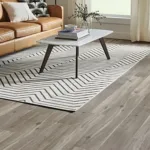 FlooringJuly 18, 2025The Rise of Luxury Vinyl Plank Floors: What Buyers Should Know
FlooringJuly 18, 2025The Rise of Luxury Vinyl Plank Floors: What Buyers Should Know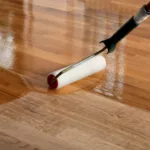 FlooringJuly 18, 2025Why Oil-Based Finishes Are Returning for High-End Wood Floors?
FlooringJuly 18, 2025Why Oil-Based Finishes Are Returning for High-End Wood Floors?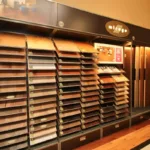 Hardwood FlooringJune 21, 2025How to Find FSC-Certified Wholesale Wood Flooring: Your Complete Guide
Hardwood FlooringJune 21, 2025How to Find FSC-Certified Wholesale Wood Flooring: Your Complete Guide Hardwood FlooringJune 18, 2025Wholesale vs. Retail Wood Flooring: What’s the Difference in Quality?
Hardwood FlooringJune 18, 2025Wholesale vs. Retail Wood Flooring: What’s the Difference in Quality?
